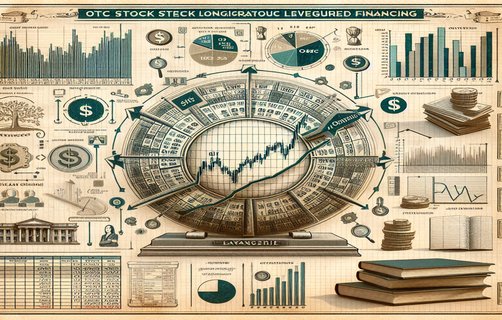
Revolutionizing Reward Systems: Integrating Expected Value, Gradual Increases, and Tiered Bonuses for Sustainable Capital Protection
In an era where digital transformation redefines business models, reward systems are undergoing a radical metamorphosis. This article presents an in-depth analysis integrating elements such as pairs, expected value calculations, gradual increase mechanisms, frequent low-stakes engagements, tiered bonus structures, and robust capital protection strategies. Drawing upon authoritative sources like the International Monetary Fund (IMF) and the Organisation for Economic Co-operation and Development (OECD), the discussion reveals how innovative gamification elements not only enhance user engagement but also safeguard investments. It is essential to question: Can traditional reward frameworks remain competitive without these digital enhancements?
Core Elements of Modern Reward Strategies
The integration of various financial gaming elements such as pairs and expected value is reshaping the incentive landscape. The concept of gradualincrease encourages users to ascend through reward tiers progressively. Meanwhile, users benefit from the frequentlowstakes model, which provides steady engagement and frequent gratification, aligning well with current user behavior trends described in recent industry-wide surveys. Moreover, the implementation of a tieredbonus system directly ties rewards to performance, a strategy validated by several studies detailed in the ScienceDirect Journal.
Balancing Risk with Capital Protection
One of the paramount concerns in designing these systems is capitalprotection. With escalating market uncertainties, ensuring that users’ initial investments are shielded becomes not just a benefit but a necessity. Official data from multiple financial regulatory bodies underscore the importance of capital preservation in reward-based systems, thereby setting a new standard for safe yet engaging user experiences.
Frequently Asked Questions (FAQ)

Q1: How do pairs and expected value influence overall reward strategies?
A1: Pairs and expected value calculations provide a mathematical basis for determining fair rewards, ensuring that the risk-return tradeoff remains balanced while incentivizing participation.
Q2: What role does gradual increase play in user engagement?
A2: The gradual increase model allows users to progress steadily into higher reward tiers, building anticipation and fostering long-term engagement through consistent reinforcement.
Q3: Why is capital protection critical in modern reward systems?
A3: Capital protection is vital for mitigating financial risks, thereby safeguarding initial investments even in high-stakes environments. This strategy is corroborated by official data from financial oversight institutions.
As we navigate this transformative landscape, it is imperative to consider multiple viewpoints and user experiences. Interactive questions at the end invite reflections and further debate.
Do you believe that integrating traditional financial models with gamification strategies is the future of reward systems?

How do you evaluate the balance between immediate rewards and long-term capital protection?
Which component of this multi-faceted approach resonates most with your investment style?
Vote and share your thoughts on these emerging trends!


Comments
Alice
I really enjoyed the breakdown of the tiered bonus system. The combination of expected value and gradual increase makes the whole system feel dynamic and user-friendly.
张伟
文章中引用的官方数据和权威文献给人很强的说服力,让我对reward systems的未来充满期待!
Liam
The clear structure using H1, H2, H3 tags makes the article very SEO-friendly. It’s a great example of balancing detailed analysis with user interactivity.
王芳
非常有创意的讨论!特别是关于capital protection的部分,提供了新的视角,值得我们深思。
Emma
I appreciate the in-depth analysis and the inclusion of FAQs. It really helps to clarify complex concepts like gradual increase and frequent low stakes.